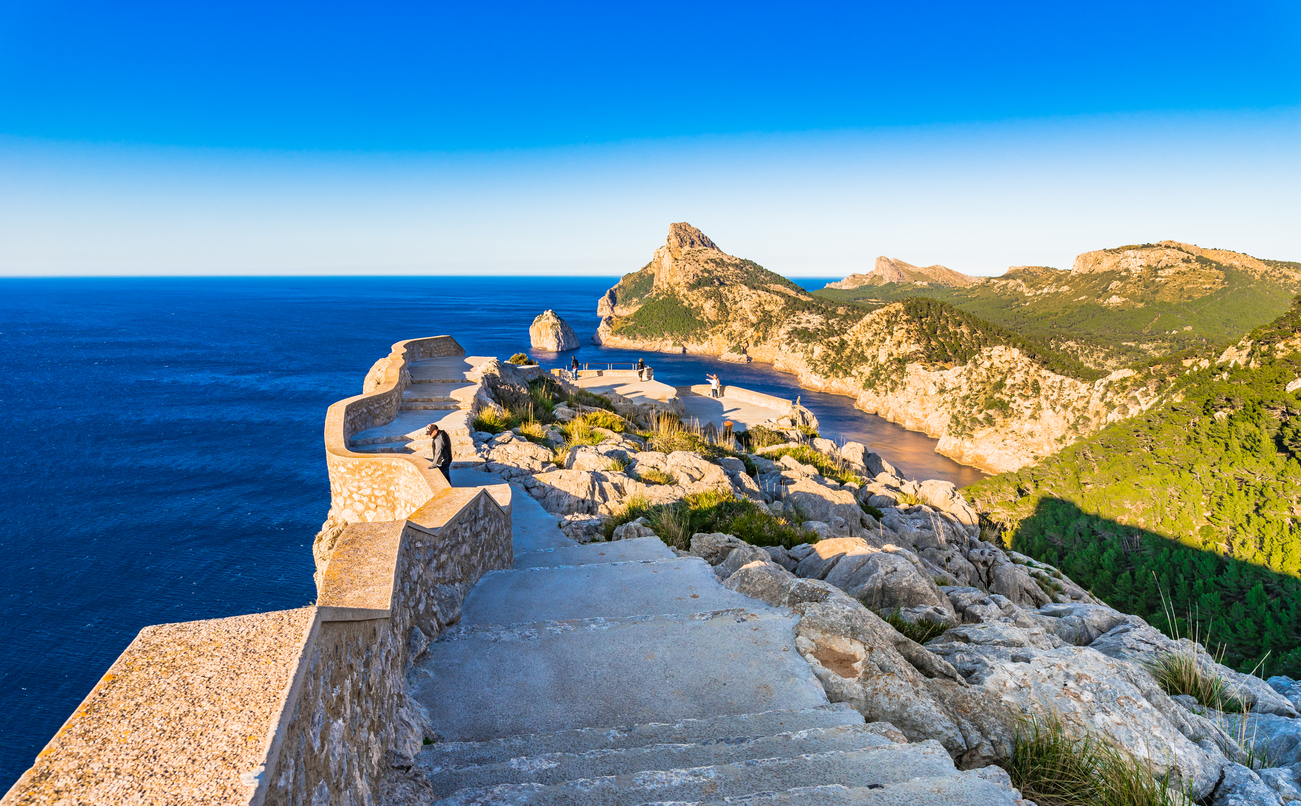
“T
his magnificent beach that you are looking at was saved thanks to the mobilisation of thousands of citizens in Palma in 1983.” This type of sign could be installed at Es Trenc, Mondrago, La Cabrera Island and of course, La Dragonera. The idea was put forward by Gabriel Mayol Arbona*, a historian and writer specialising in citizens' movements in the Balearic Islands. Gabriel explains: “You can't see ecology. All we see is massification, construction, negative things”. Es Trenc, Mondrago, La Cabrera, Sa Dragonera... these places, untouched by human construction, where nature expresses itself in all its splendour, reveal Mallorca's paradisiacal nature. Es Trenc was only a hair's breadth away from becoming another Playa de Palma or Playa de Muro. Imagine the disaster: the last great white sand beach with turquoise waters, dotted with hotels, restaurants and marinas. Telling the story of ecology on Mallorca is about the fight against the concrete development of the island, and how the wildest spots have managed to stay that way.
It all began in 1977. Mallorca was already very developed. Since the end of WWII, tourism became the salvation of an impoverished Spain, exhausted by war and isolated on the international scene. As the coasts started to become lined with concrete buildings and infrastructure so as to welcome foreign tourists, foreign currency started coming in; Nobody disputed this choice: Spain was a dictatorship, and expressing opposition to it was risky. After Franco's death in 1975, the grip loosened. Young people, thirsting for freedom and change, took to the streets. In July 1977, a group of young hippies set up camp on the island of La Dragonera. They were angry because a Catalan company had illegally obtained a permit to build a luxury urbanisation on the tiny island that sits off the southwest coast. “At that time,” explains Gabriel Mayol Arbona, “there was a collective feeling of loss of natural landscapes and an awareness of the danger. In the 1960s, Mallorca became a mass tourism destination. This situation was created without an organised civil society, because the dictatorship wouldn't allow it.”







.webp)






